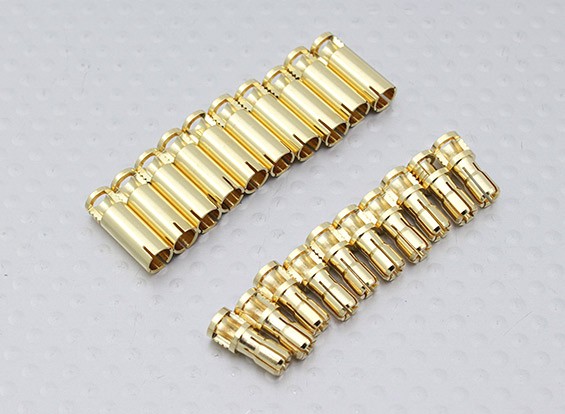It certainly is easy to replace the plastic peg with a metal or nylon bushing and screws; then you have clips that are almost identical to the ones Instek sells in a set of leads for $130.
Of course, I'm just the sort of weirdo that would have a bin full of such things. 
Unless one can afford to do TEA with all new, high-end products and accessories, having a bin full of bits and bobs is par for the course.
Then it wouldn't be TEA; it would be working a corporate R&D gig. I learned the hard way I'm not cut out for that environment; the neverending top-down "battle between flavors of crazy" filters down to those trenches a little too fast for my tastebuds. I don't like being trapped in a feedback loop IRL any more than I do on paper or in circuit.

And yeah... what mechanic doesn't have a bucket of bolts under the bench; what tinkerer doesn't have bins full of leftovers and "Damifino" saved against future projects. Not any real ones...

-group-therapy-thread/?action=dlattach;attach=409539;image)
In use the cheapy Chinese plastic are nicer than the oring/silicone ones on my Quadtech millohm meter. As to absolute measurements I would be buying branded gold plated for $
I also have the gray ones for 4 terminal measurement and they are pretty nice. The jaws align well and make good contact.
I bought the whole finished probe set with the cables and banana terminals on the end, the crappy part turned out to be the bananas where the springy rotating contact part of it started to develop a bad contact with the rest of the banana terminal. I fixed it by soldering the springy part to the rest of the bananas shaft and now they work perfectly again.
Yeah, I got some of the o-ring ones first for my 128-64 component testers; I couldn't get them to grip any small component without deflecting, then popping and sending it peening off into the darkest recesses of my office. I threw them in a drawer and later dug them out as repair material for the wiper on a mechanical speed control.
I found, like you, that the grey ones aligned well with minimal tweaking.

-group-therapy-thread/?action=dlattach;attach=409593;image)
As for 4mm bananas... I've gotten away from them completely for any low-voltage test leads I make since discovering HXT battery connectors from my RC hobby. When originally introduced, you got these nice machined male bullet connectors along with the red shrouds; by their nature, it's a pretty flexible connector design and great for making polarized plugs or 4mm extension cables with decent silicone wires like
these from Turnigy/HobbyKing.
But since Turnigy bought the HXT Brand, all you get now is gold-plated regular 4mm banana plugs with the garter spring contacts like they've been made for decades; they save the CNC design for their more expensive 5mm & up connectors.

The difference is right there in the specs; the original CNC design HXT connector was rated at 100A cont/140A surge while these are rated 60-80A cont/80-100A surge.
That said... the CNC bullets are still available; you just have to look around. I usually wind up buying
a bag (10 pairs) of the HK HXT connectors, then going to and adding a set of
PolyMax 4mm bullets just to get the male bullet for my HXTs. It's STILL cheaper than the boutique Hyperion connectors.

The PolyMax 4mm CNC connectors are available elsewhereas well;
ValueHobby has them, and you can
find them on fleaBay. Shop around; they should cost $3-4/10 pairs plus shipping.
 HK also carries some very nice, high-precision CNC 4mm bullet connectors
HK also carries some very nice, high-precision CNC 4mm bullet connectors that have been niggling at the back of my mind ever since I first saw them months ago; to make some really high-quality low-loss sets of extra-long test and jumper leads using these and
their silicone wires and potting the solder joints with silicone. Their 14-12ga wires have really nice, thick silicone jackets around 1.5mm thick; not double layer but I'd love to know what voltage they're safe to. It annoys me that they don't list that rating; probably the reason I haven't pushed the project to the front burner yet.
On most of my higher-powered quadcopters I've been migrating away from the HXT connectors; the yellow AMASS Anti-Arc XT90s seen here use the same CNC bullet inside, but on the female they have a bleeder resistor connected to a slip ring that contacts before the plug fully seats. This precharges the several hundred uF of ceramic and electrolytic capacitors found in modern high-frequency/high-current ESCs, (high performance H-gate brushless motor drivers) of which you typically have 4-6 in parallel. Arcing is a serious problem on these; 6S (25.2V peak) ultra-low IR LiPo packs capable of delivering 200A or more are common nowadays; that's a lot of juice. Those XT90s more expensive, but worth it in this application.
I suspect that without some very careful use of high end test gear the difference in measurements between cheap and expensive for most of us is pointless. As was mentioned a few post back the Banana jacks are more of an issue.
The Grey ones BTW are on 4mm Jacks for my Agilent while the others are on a fairly custom DIN style plug on the Quadtech so I currently have no real way of testing them electrically against each other.
Like all nuttery multiply the price x 10+ to gain maybe 1-2 percent. 
I think that's the nutshell right there.

Cheers,
mnem
*Juicy*